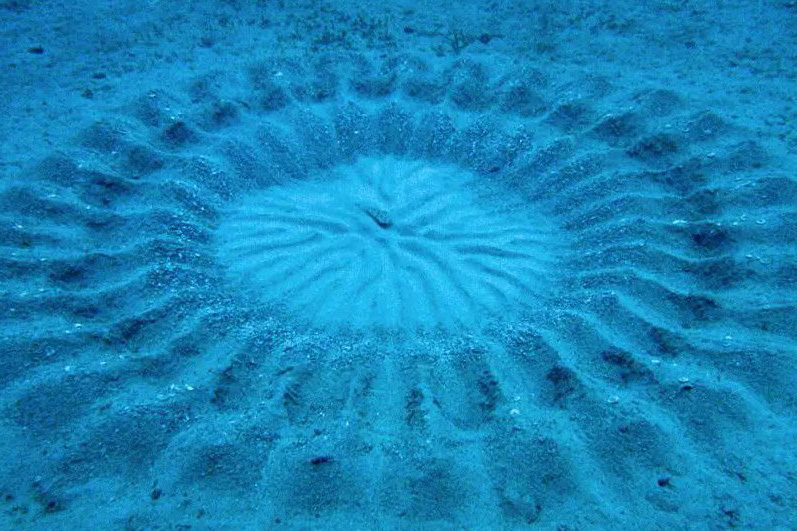Lego is a game accessible to any child with a little curiosity.
A few studs are enough to assemble shapes whose variety is only limited by the creativity of the player. Did you know that 6 bricks of 2×4 studs can make more than 915 million different assortments? (Durhuus – Eilers, 2014)
Similar to Lego, nature has bricks with ropes that formed particles, in turn forming molecules, forming cells, living things, species, ecosystems, planets, and in turn, galaxies.
Now imagine the number, variety and complexity of these assortments constructed with these bricks since the big bang and the building that resulted: nature.
For centuries, scientific thought gradually freed us from superstition and religious beliefs leading the belief that a great organiser would have thought, created and maintained as best they could, this immense building.
Let us pause for a moment on this observation: despite our natural tendency to view an intention in every organised form, nature is not the result of a higher power.
Earth, oceans, and mountains are not the result of an intention. No more than galaxies, planets or stars.
Nature has no plan.
Yes, this remains difficult to admit. It is difficult to admit that the structure of a snowflake has not yet been thought out, as its shape is so regular. Or that of a crystal rock, with its facets so well polished. Or even still, the waves that form on the dunes.
The nature we know was not designed. She self-organised.
Auto-organisation is a phenomenon of spontaneous formation. It is the ability of a simple group of elements to compose a complex and structured set, without guidance, without supervision.
A system that organises itself without a supervisor? It is rather surprising… In reality, what is unusual in nature is control, supervision, constraint. Auto-organisation is the norm.
But this emerging organisation is only part of the auto-organisation phenomenon. The second part is expressed in the prefix auto-, from the Greek autos, meaning “the self.” Auto-organisation brings out an organisation of the self, that has a shape that differentiates it from what is not the self.
Well, let’s just say that auto-organisation is a principle that explains how crystals, dunes, and lakes are formed. Why not. But what about living beings? Their complexity seems to exceed anything that exists and it is hard to imagine that bacteria, a worm, a bird, a lion or even a human is the consequence of this auto-organisation.
And yet the living being does not escape this principle.
We have all seen auto-organisation at work in real life: colonies of ants or termites that build huge and complex structures, schools of fish that change direction simultaneously, birds that gather in a compact cloud before migration, or even the extraordinary patterns drawn by pufferfish. It is truly fascinating and it is always hard for us to admit that the shapes that emerge are not preconceived.
Complexity is precisely the fuel of auto-organisation.
However, among the most complex structures nature has produced, the brain holds the highest position. All brains, of course. Not just ours. Mice, octopuses, hummingbirds or even hippos.
So, would auto-organisation play a role in the formation of brains and, therefore, intelligence?
That is what we will try to shed light on in our future articles.
References
Durhuus, B., And Eilers, S. (2014). S.A. On the entropy of LEGO. I’m J. Appl. Math. Comput., 45, 433-448.
